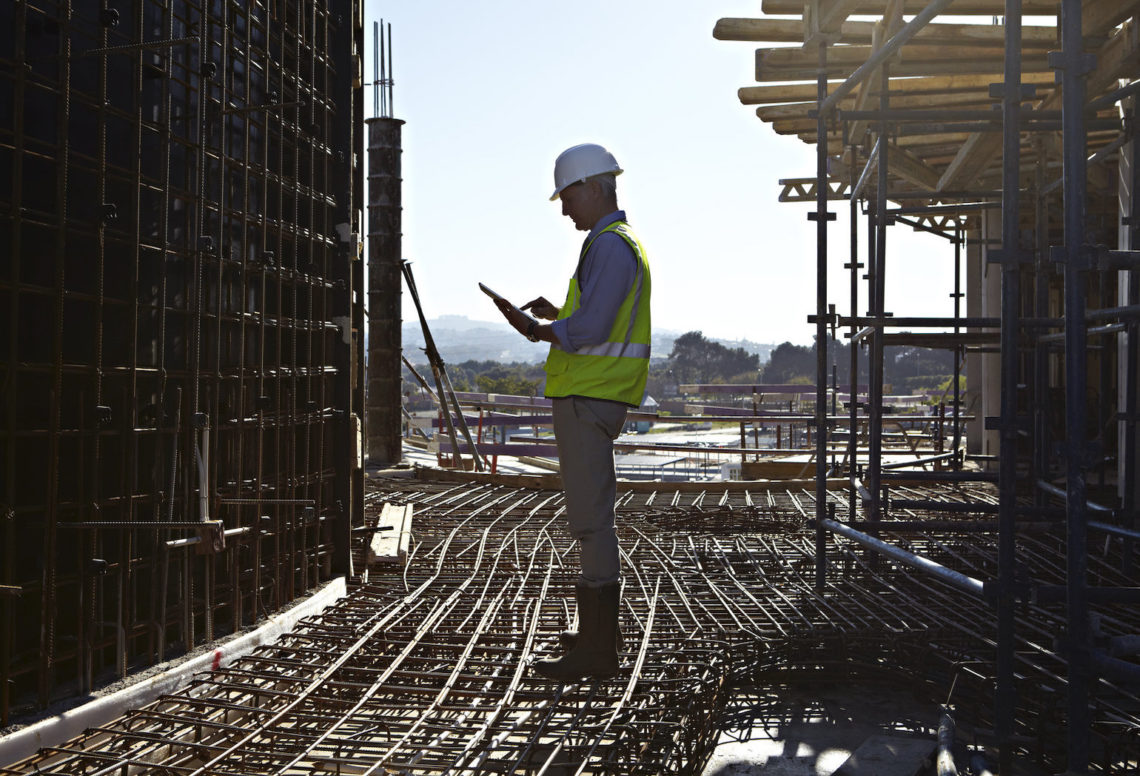As more stories come out about the potential use of 5G across different industries, the construction industry is one that could quickly see specific — and significant — benefits from the technology.
One such use case could be around the “network slicing” capability of 5G, which enables communication service providers to tailor connectivity services to the precise requirements of any given application, user, device, or context.
Monitoring the health, location, status, and specifications of assets of all kinds on site is crucial, and 5G can help in terms of data collection, capture, and analysis. It can be used, for example, to confirm whether site machinery is operational and available for use, and to capture the status of an order , helping ensure the project schedule is on track.
The high bandwidth and low latency of 5G should improve data capture across project delivery processes. Increased visibility of data informs decision-making in the design phase, helps minimise issues and changes during construction, and potentially decreases future renovations.
As technology solutions available to construction projects gain traction, we could see more internet of things and reality-capture solutions on site helping in a number of ways. These can provide real-time, rich, visual information to the owner as well as an on-demand transparent view of the project at any particular moment in time.
But network slicing could bring additional value to the construction industry’s use of 5G.
Tiered prioritisation
For construction businesses to benefit from these use cases, connectivity will be crucial to ensuring the information captured is available when and where it is needed.
As a result, bandwidth will become a potential battleground on site, as the competition intensifies over which data and information is most important. A possible solution is to adopt a tiered prioritisation approach ensuring 5G capabilities are used on those processes requiring the greatest bandwidth, such as video or other visuals.
This would mean creating different access points and levels for specific use-cases. But as with any new technology, there will likely be a learning curve. What construction projects consider to be the highest tier initially may not turn out to be the highest tier in the long run.
We could well see a tiered prioritisation strategy that considers safety, security, and bandwidth at different phases of a construction project, so what might be thought of as a tier one activity might not remain so.
Either way, the benefits of 5G and capabilities of “network slicing” open up many possibilities for engineering and construction businesses to find efficiencies, improve safety, mitigate risk, and reduce security concerns on projects, while the build quality can also be enhanced through more accurate updates to the real-time plan.
Find out how Oracle Construction and Engineering can help you boost your projects:



